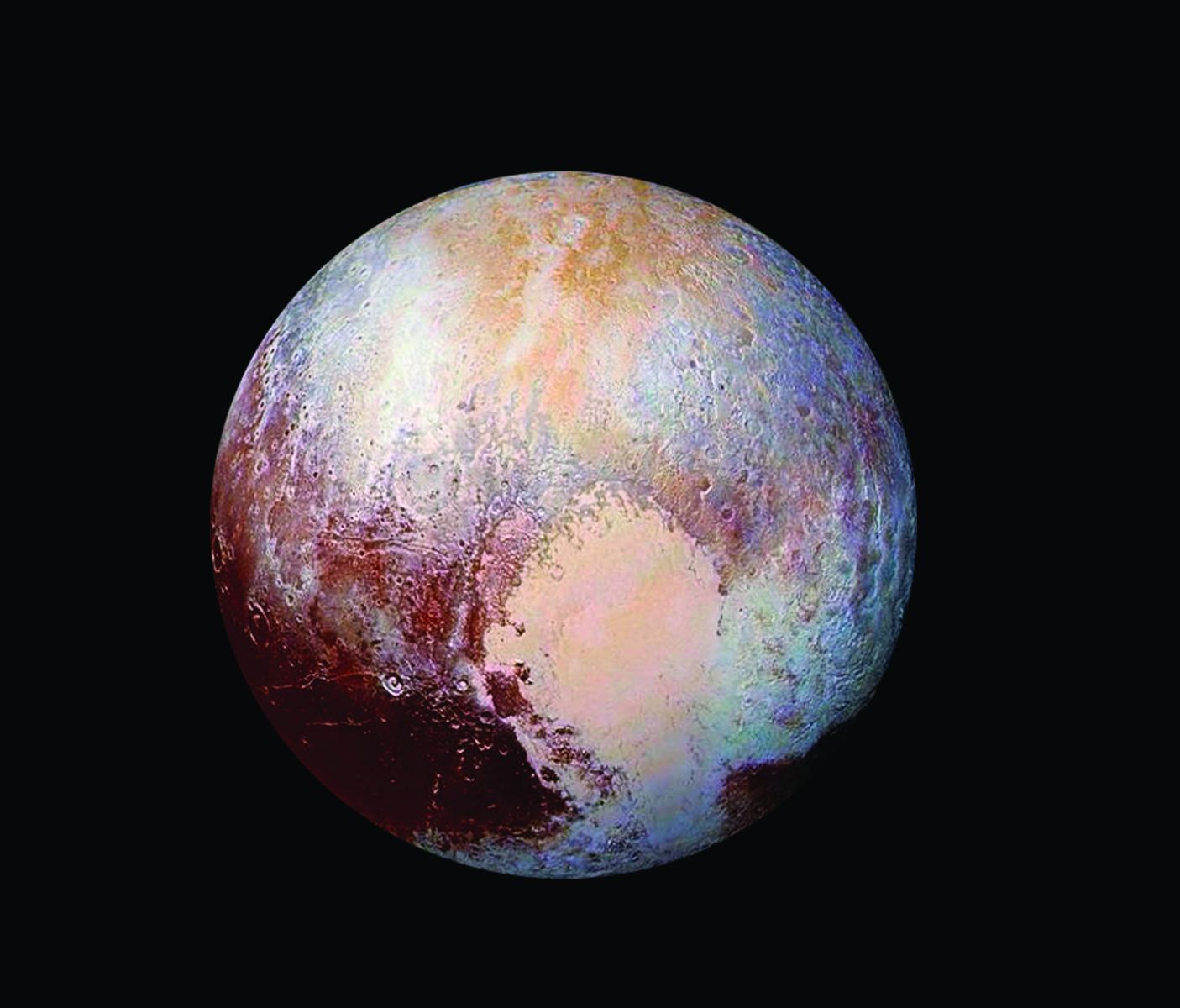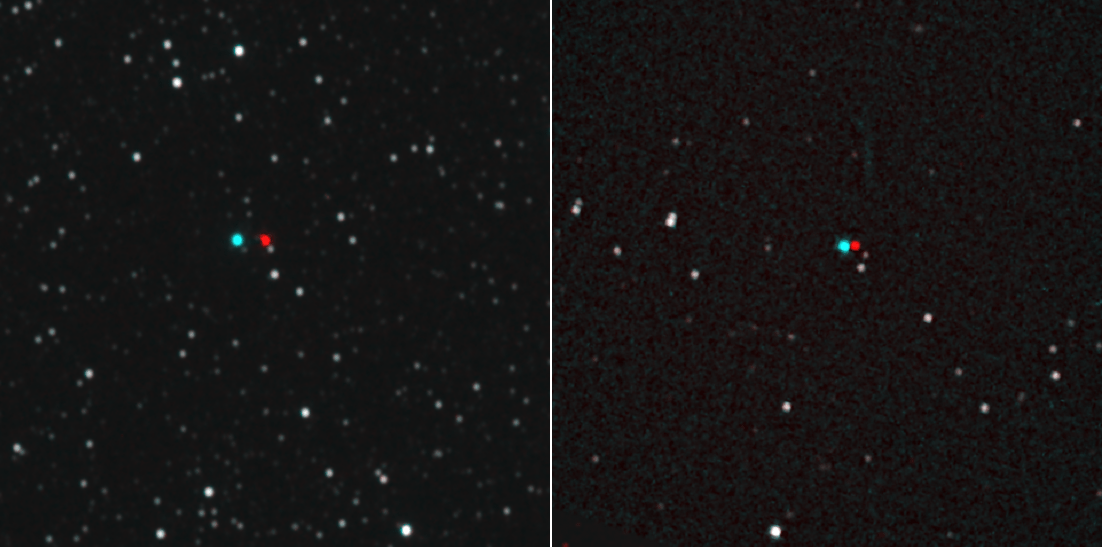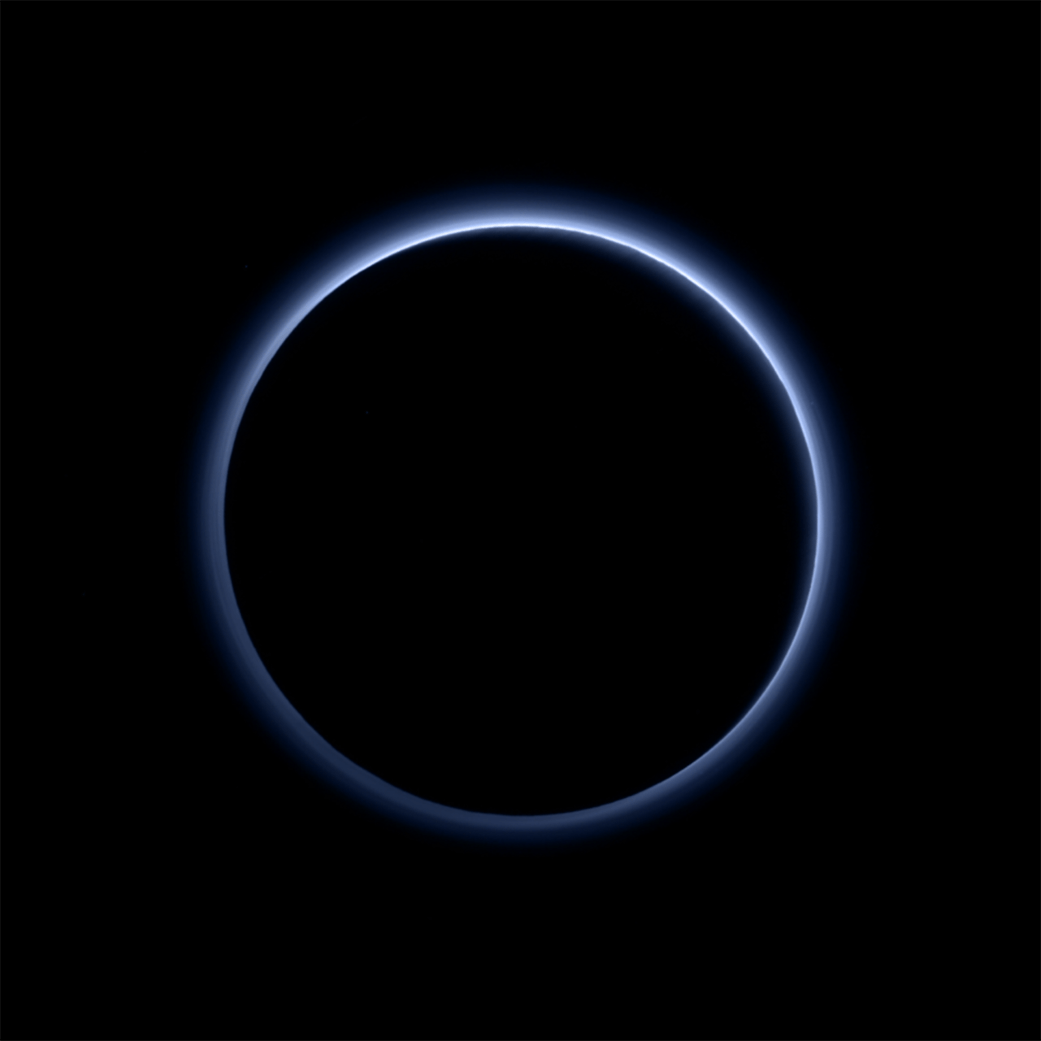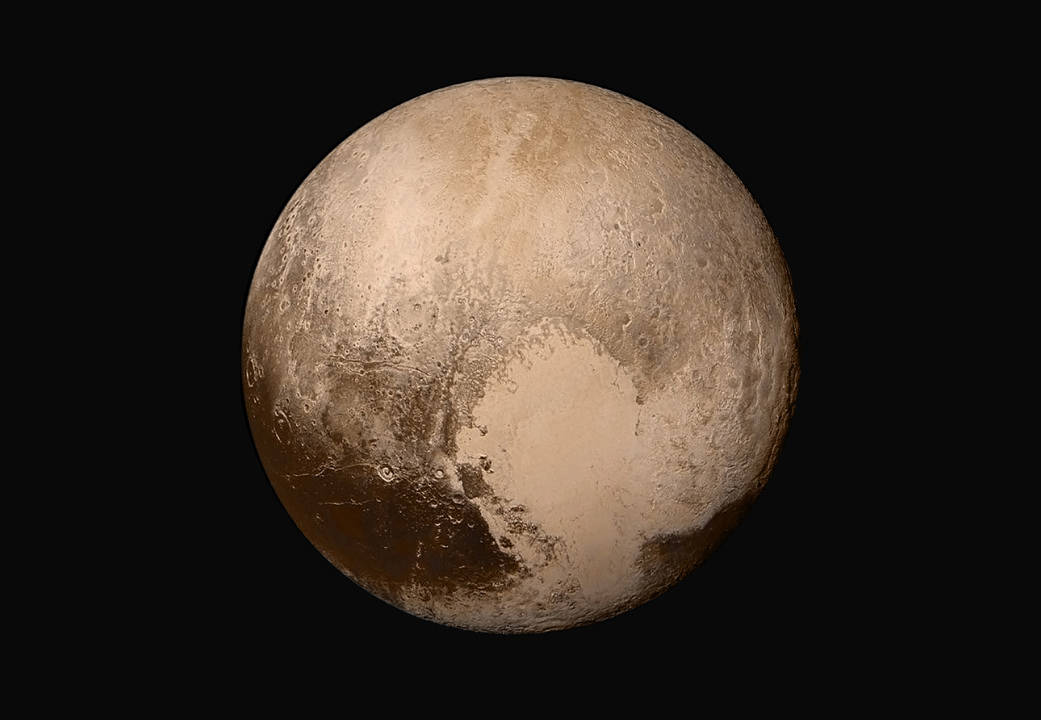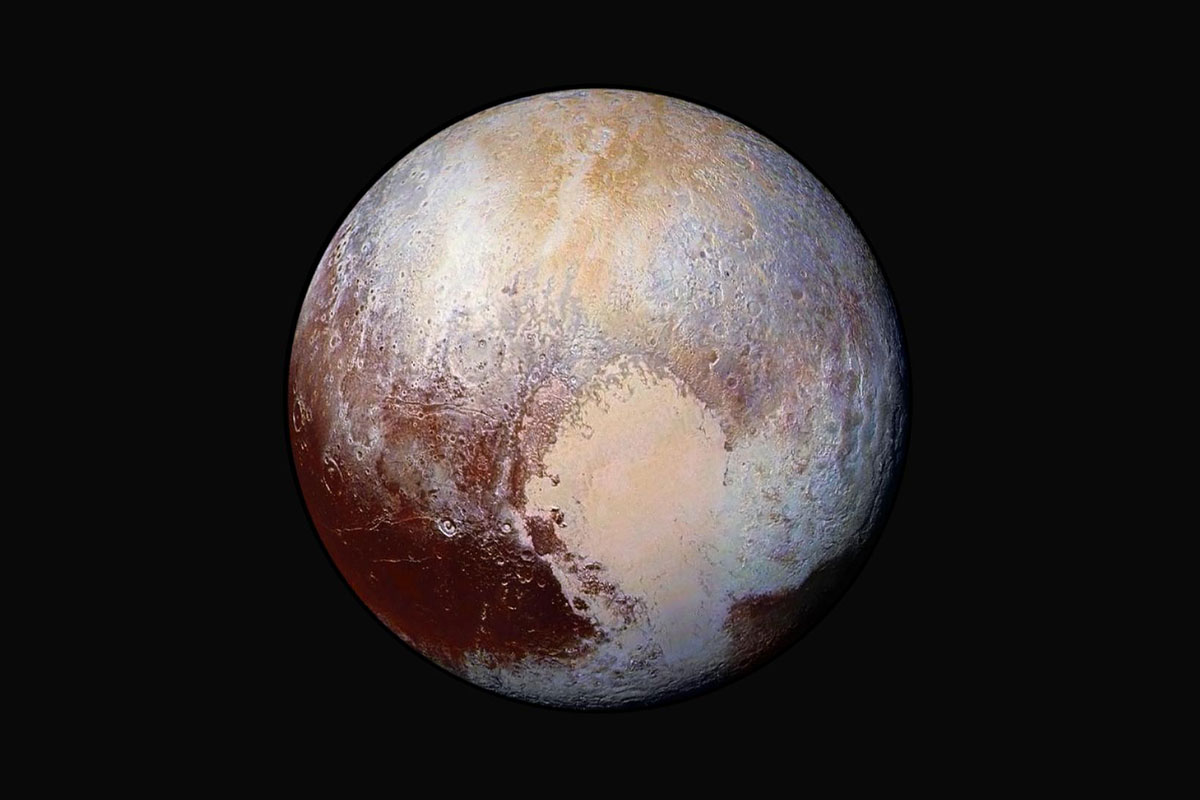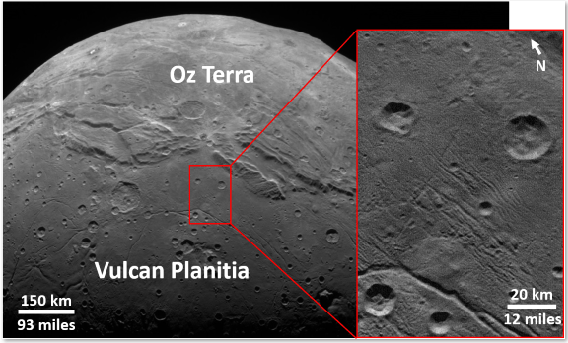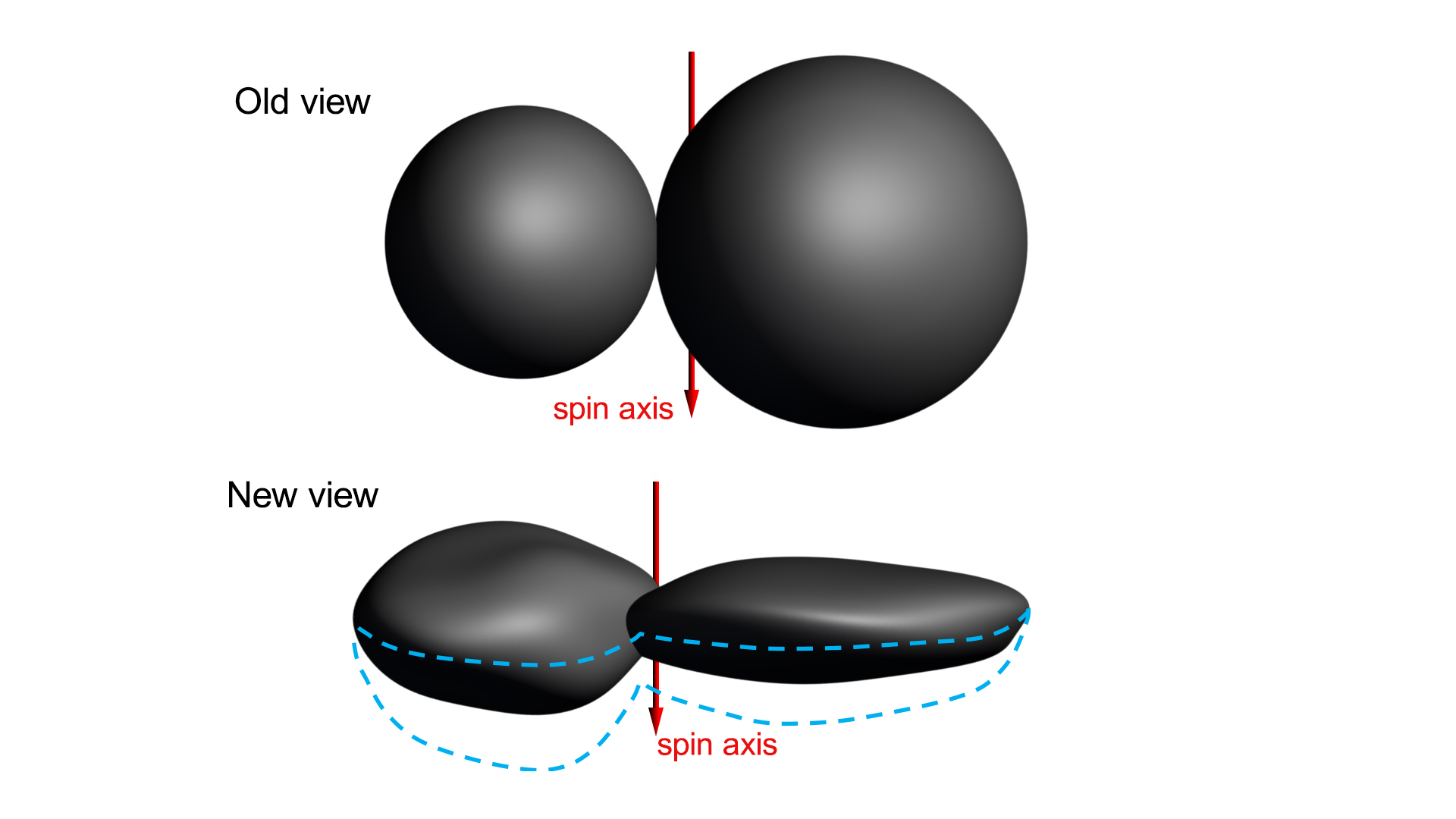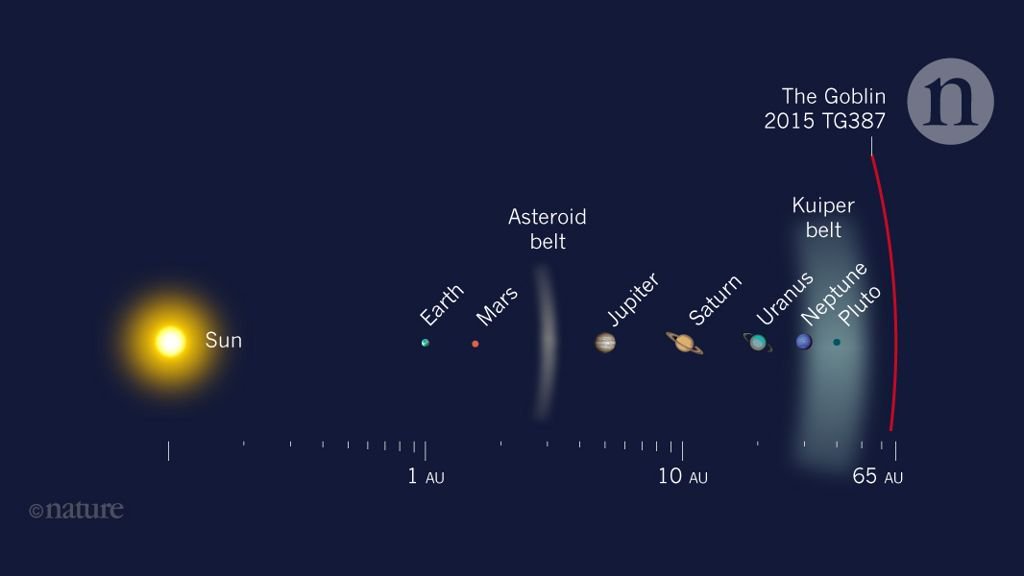It seems unlikely that an ocean could persist on a world that never gets closer than 30 astronomical units from the Sun. But that’s the case with Pluto. Evidence shows that it has a sub-surface ocean between 100 to 180 km thick, at the boundary between the core and the mantle. Other Kuiper Belt Objects may be similar.
But time might be running out for these buried oceans, which will one day turn to ice.
Continue reading “Pluto and Other Kuiper Belt Objects Started Out With Water Oceans, and Have Been Slowly Freezing Solid for Billions of Years”
